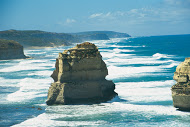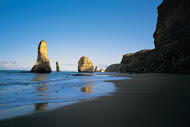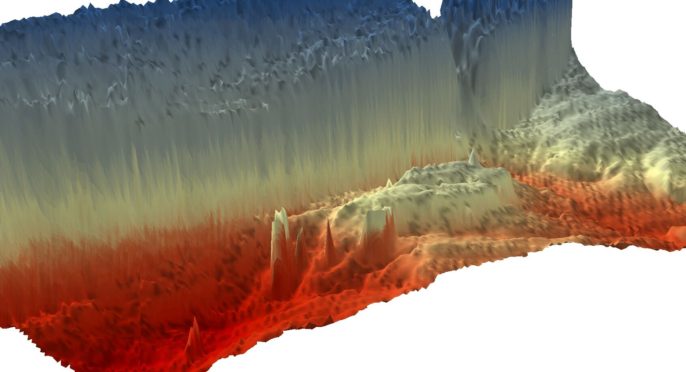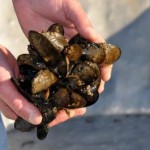Introducing Five New Drowned Apostles
The Twelve Apostles are limestone stacks off the coast of Victoria in Australia. While mapping the ocean floor, scientists have found more and dubbed them the five drowned apostles.
For years, the limestone columns known as the Twelve Apostles have attracted tourists to the southern coast of Australia. These natural formations stand just offshore in Victoria. Suddenly, the Apostles’ numbers have increased. Scientists have discovered five more limestone columns, submerged deep below the waves, and dubbed them the five drowned apostles.


The recently discovered sea stacks are about 6 kilometers offshore from Australia’s Great Ocean Road and 50 meters beneath the surface of the water. They were recently revealed during sonar mapping of the seafloor off Victoria’s southern coast.
Drowned Apostles
Scientists have dubbed the new limestone stacks the “Drowned Apostles.” These five are smaller than the better-known Twelve Apostles (whose name still stands, despite only eight stacks still standing). However, the fact that they still exist underwater and have not yet eroded away is remarkable.


The discovery was made by PhD student Rhiannon Bezore, associate professor David Kennedy from the University of Melbourne’s School of Geography, and Deakin University’s Dr. Daniel Ierodiaconou. They say that this is the first time such limestone stacks have been found beneath the ocean’s surface. Bezore, who made the initial discovery in the sonar data, says that these stacks probably date back 60,000 years. “We had to check what we were seeing because no one has seen stacks submerged at this sea level before,” she says.
RELATED: ABUNDANT LIFE FOUND ON DEEP SEA MOUNTAINS
An Unexpected Discovery
The five Drowned Apostles turned up during a project to map the coral reefs in Victoria that provide homes for southern rock lobster and abalone. The researchers were understandably surprised by the find. “Sea stacks are always eroding, as we saw with the one that collapsed in 2005, so it is hugely surprising that any could be preserved at that depth of water,” Kennedy explains. “They should have collapsed and eroded as the sea level rose.”


Perhaps they should have eroded away by now, but they haven’t. Like the Twelve Apostles, the newest additions were once part of the larger limestone sea cliff. As the softer parts of the cliff face eroded away under constant battering by the ocean waves, the limestone stacks were left behind to erode much more gradually. Only a very fine balance can create sea stacks; the rock must be soft enough to erode quickly from a cliff but hard enough to support a rocky pillar, as Ierodiaconou explains.
RELATED: DIVING INTO CITIZEN SCIENCE WITH OCEAN SANCTUARIES
Bezore has presented the findings at the International Coastal Symposium in Coogee, Sydney. The findings have been published in the Journal of Coastal Research.




